 The Volkswagen Vento comes gunning to invade Honda City’s supremacy. Who will emerge victorious in this battle of the auto-box?
The Volkswagen Vento comes gunning to invade Honda City’s supremacy. Who will emerge victorious in this battle of the auto-box?
Sarmad Kadiri plays the peacemaker
We all tend to look for something in life and we end up getting it sooner or later, depending on what we are looking for and where. Take, for example, the premium C-segment. If you are looking for a good automatic transmission in this segment, then there are two obvious choices – the dominant Honda City or its new challenger, the Volkswagen Vento. Both these cars have several great features to offer and sport a fine auto-box, yet the two cars are completely different when it comes to driving characteristics and design philosophy.
The City has been the master of this territory for almost a decade now. Although several other global giants have tried to invade the City’s domain, none has succeeded in dethroning Honda. In fact, Honda’s grip only became stronger and currently they are selling the third generation of this sedan in India. And now Volkswagen have brought about a price war in this segment by launching the Vento. Last month our magazine pitted the Volkswagen sedan against its rivals and the German car emerged victorious. This month the battle is taken to the next step – the automatic warfare.
Sighting competition, the City has also upped its game by launching a new variant with an improved interior and new alloy wheels, among other frills. This Japanese warrior is powered by a 1,497-cc motor, one of the most accomplished mills in this segment, that produces 118 PS, which is 13 PS more than what the Vento’s larger 1,598-cc motor produces. On the torque front, the City delivers a linear 146 Nm against the 153 Nm that the Vento’s mill churns out. It’s neck to neck right from the word ‘Go’. This is going to be one gruelling contest. Both the cars feature a normal hydraulic torque converter, but have different speed auto gearboxes. The Honda motor is mated with a fine five-speed automatic that compliments the refined engine by delivering seamless power. The car takes off the moment you step on the pedal and the gear ratios feel precise and sporty. Although it is driven by an automatic transmission, overtaking other vehicles is effortless and the car feels spirited and fun to drive. The Vento gets a six-speed auto box and I feel the German engineers have tuned the powertrain with the city driver in mind. No pun intended. The Vento’s engine is also very refined and offers peak power from 5,250 rpm. Peak torque is also available right from 3,800 rpm. But it up-shifts on lower rpm, which makes the car feel lethargic in comparison to the peppy City. Things improve a little for the Vento when we move the gear-shift to the ‘S’ (sport) mode, which makes the gear changes what the name suggests – more sporty. The City has paddle shifts on the steering wheel, which are ideal when you feel like taking things in your own hands. This adds to the driving pleasure if you are an enthusiast. If you aren’t, then this will surely make you one. The City also returns better fuel economy of 15.9 km/l against the Vento’s 12 km/l, overall.
Both the cars feature a normal hydraulic torque converter, but have different speed auto gearboxes. The Honda motor is mated with a fine five-speed automatic that compliments the refined engine by delivering seamless power. The car takes off the moment you step on the pedal and the gear ratios feel precise and sporty. Although it is driven by an automatic transmission, overtaking other vehicles is effortless and the car feels spirited and fun to drive. The Vento gets a six-speed auto box and I feel the German engineers have tuned the powertrain with the city driver in mind. No pun intended. The Vento’s engine is also very refined and offers peak power from 5,250 rpm. Peak torque is also available right from 3,800 rpm. But it up-shifts on lower rpm, which makes the car feel lethargic in comparison to the peppy City. Things improve a little for the Vento when we move the gear-shift to the ‘S’ (sport) mode, which makes the gear changes what the name suggests – more sporty. The City has paddle shifts on the steering wheel, which are ideal when you feel like taking things in your own hands. This adds to the driving pleasure if you are an enthusiast. If you aren’t, then this will surely make you one. The City also returns better fuel economy of 15.9 km/l against the Vento’s 12 km/l, overall.
The City is one up as of now, but ride and handling turn the tables. The Vento’s steering weighs nicely for a car of this size and renders accurate feedback. The City’s, on the other hand, has a light feel which is fine within city traffic, but isn’t much fun at higher speeds. Both the cars ride on 15” wheels, the Vento on wider 185/60 R15 tyres and the City on taller 175/65 R15 ones.

 The Vento uses MacPherson strut-type suspension at the front and a semi-independent trailing arm at the rear and has created a benchmark in the segment with its blend of ride quality and handling. The German car maintains its dominance in this aspect even over the popular City. This is not to say that the City doesn’t offer a decent ride, but the difference becomes discernible once the two cars are driven on pothole-ridden roads or over a series of bumps. The Vento offers better grip and holds on to
The Vento uses MacPherson strut-type suspension at the front and a semi-independent trailing arm at the rear and has created a benchmark in the segment with its blend of ride quality and handling. The German car maintains its dominance in this aspect even over the popular City. This is not to say that the City doesn’t offer a decent ride, but the difference becomes discernible once the two cars are driven on pothole-ridden roads or over a series of bumps. The Vento offers better grip and holds on to
the road more firmly than the City. Both these accomplished sedans have disc brakes on front wheels and drum brakes on rear ones that give the required bite.
 Round two goes to the Vento, but there are a few more things to consider before we can beat the drums and call the battle off for the day. The interior is where the City hopes to score over its rival. We had got our hands on the Exclusive variant, which Honda have introduced keeping both the competition and the festive season in mind. The car now gets beige leather upholstery and a leather-wrapped steering wheel. The Manual version also gets leather on the gear-shift. The Vento Highline as of now does not have leather seats on offer nor does it have USB/AUX ports for your iPod, which the City does. The City also scores on legroom and shoulder room. The design of Honda’s dashboard is futuristic and looks high-tech, which would appeal to the youth, but appears plasticy in comparison to the Vento’s subtle interior. The grey-beige dual tone is impressive and the non-reflective dashboard adds to the premium feel. The three-spoke steering wheel also gets a chrome accent, but does not have paddle shifters or audio controls on it like the City. Volkswagen’s fit-and-finish and the quality of plastic and material used is a pleasure to experience in this segment. The smart interior design by the Germans is visible in things like SpaceMax, which allows you to move the co-driver’s seat forward or backward from the rear seat. However, Honda sweep this round by offering more space, gadgetry, paddle shift and cushy leather seats.
Round two goes to the Vento, but there are a few more things to consider before we can beat the drums and call the battle off for the day. The interior is where the City hopes to score over its rival. We had got our hands on the Exclusive variant, which Honda have introduced keeping both the competition and the festive season in mind. The car now gets beige leather upholstery and a leather-wrapped steering wheel. The Manual version also gets leather on the gear-shift. The Vento Highline as of now does not have leather seats on offer nor does it have USB/AUX ports for your iPod, which the City does. The City also scores on legroom and shoulder room. The design of Honda’s dashboard is futuristic and looks high-tech, which would appeal to the youth, but appears plasticy in comparison to the Vento’s subtle interior. The grey-beige dual tone is impressive and the non-reflective dashboard adds to the premium feel. The three-spoke steering wheel also gets a chrome accent, but does not have paddle shifters or audio controls on it like the City. Volkswagen’s fit-and-finish and the quality of plastic and material used is a pleasure to experience in this segment. The smart interior design by the Germans is visible in things like SpaceMax, which allows you to move the co-driver’s seat forward or backward from the rear seat. However, Honda sweep this round by offering more space, gadgetry, paddle shift and cushy leather seats.
 Finally it all boils down to looks. The City looks aggressive, ready to dart ahead while the Vento looks sharp, but is more composed and understated. The City Exclusive variant has chrome trims all around, right from the door handles to the boot. So if you like modern design and can live with a bit of bling, then it has to be the City. But if you prefer pleasant and unpretentious design with clean lines, then the Vento it is. One is a finely crafted suit and the other a smart riding jacket. Now it depends upon where you are headed.
Finally it all boils down to looks. The City looks aggressive, ready to dart ahead while the Vento looks sharp, but is more composed and understated. The City Exclusive variant has chrome trims all around, right from the door handles to the boot. So if you like modern design and can live with a bit of bling, then it has to be the City. But if you prefer pleasant and unpretentious design with clean lines, then the Vento it is. One is a finely crafted suit and the other a smart riding jacket. Now it depends upon where you are headed.
BLURB
VW Vento has raged a price war and is challenging Honda City’s supremacy in the segment
CAPTIONS:
1. The leather wrapped steering wheel with paddle-shifts, audio controls make the City practical and fun
2.Powered by 1.5 liter i-VTEC and 5-speed auto-box the Honda does 0-100km/h in just 12.9 seconds
3. The Vento has a fine 1598cc petrol engine is mated with a solid 6-speed auto transmission and is more torquey to drive
4. The Volkswagen has a fabulous cabin finish and quality
VERDICT
So, did you find what you were looking for? It goes without saying that both these sedans are world-class cars and, in the automatic mode, offer convenience, comfort and style. They feature a host of safety equipment such as ABS and twin airbags, among others. But the City has the upper hand in this shootout with better performance and fuel economy, which however come at a premium price. The City Exclusive AT, priced at Rs 11.66 lakh (OTR, Pune), is about Rs 1.30 lakh dearer than the Vento, which bears a price tag of Rs 10.35 lakh (OTR, Pune). The Vento felt more confident at higher speeds and even on bad roads, but the auto-box felt sluggish compared to the City. The Volkswagen car also does not offer steering-mounted audio controls or paddles shift, leather seats nor is it USB and iPod compatible, but has class-leading fit-finish and interior quality. So, it is your call – either save over a hundred thousand rupees for a solid German car with a subtle design or shell it out for a loaded sedan laced with a bit of bling.



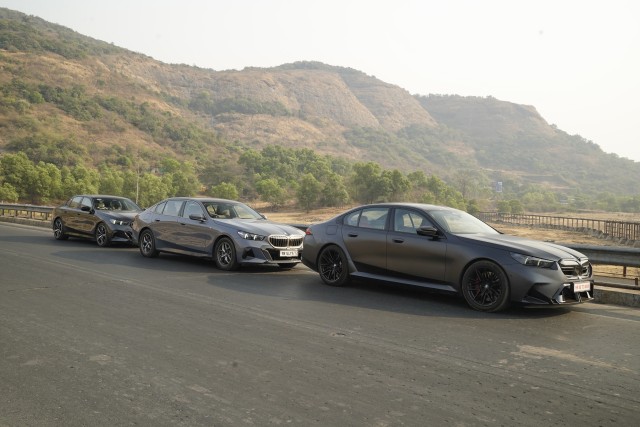
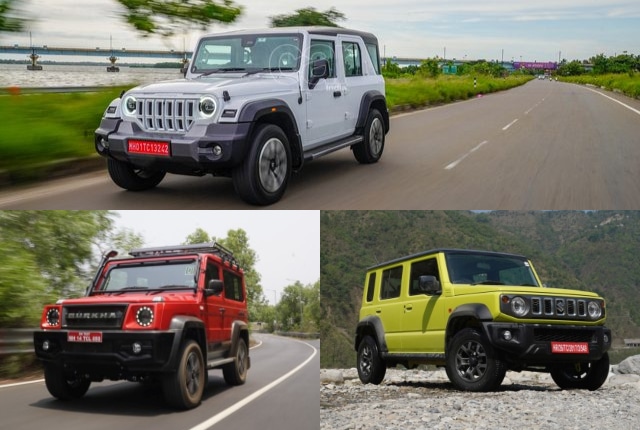

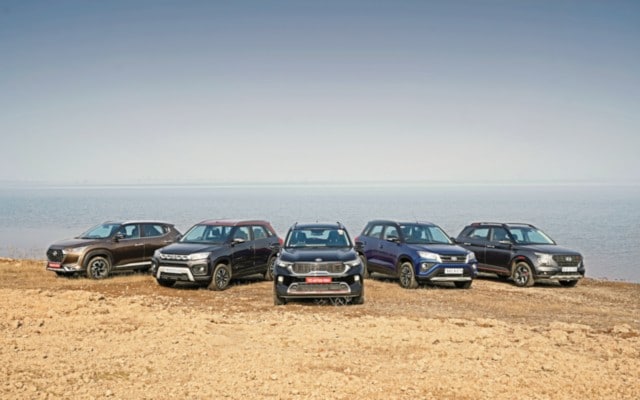
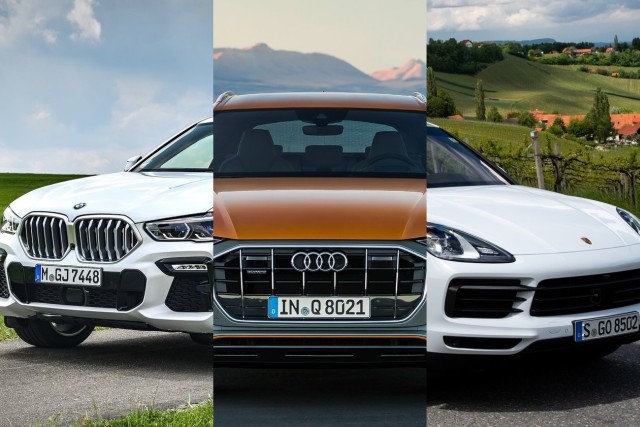
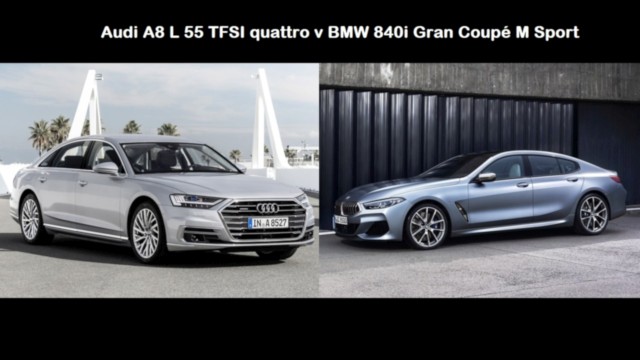
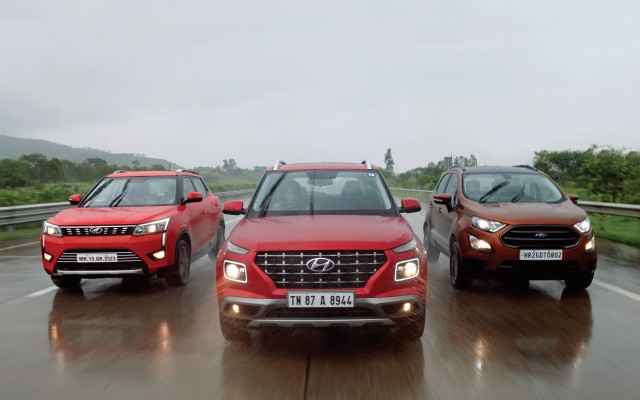
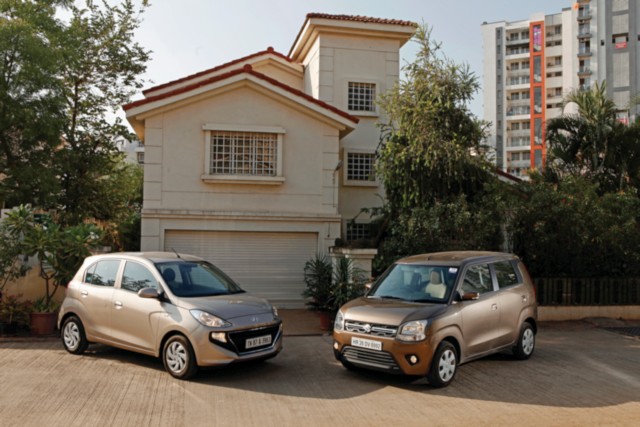
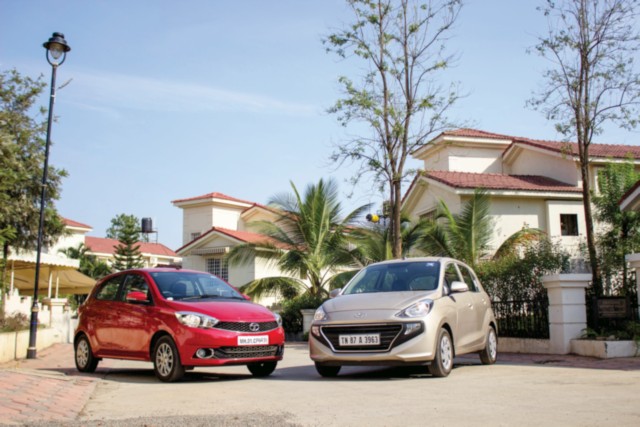
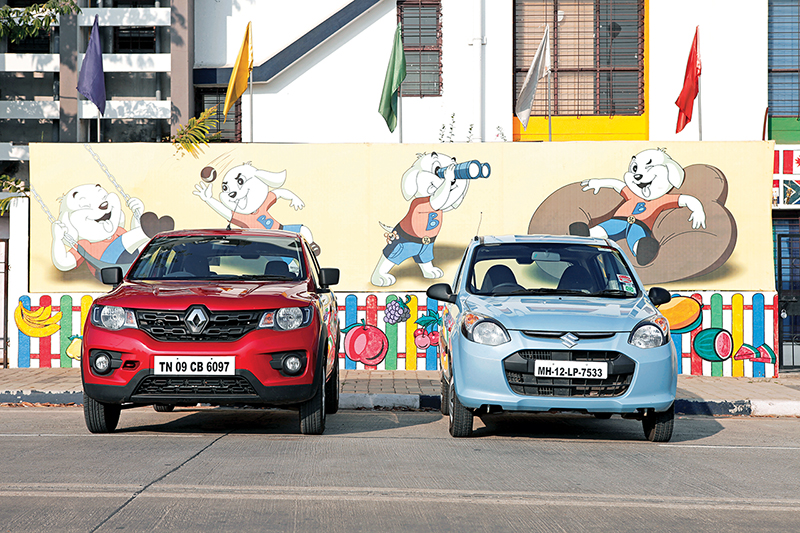
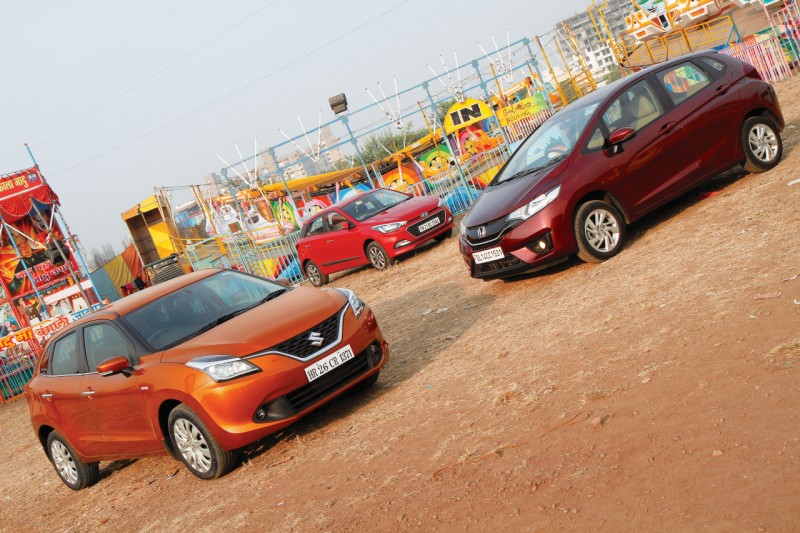

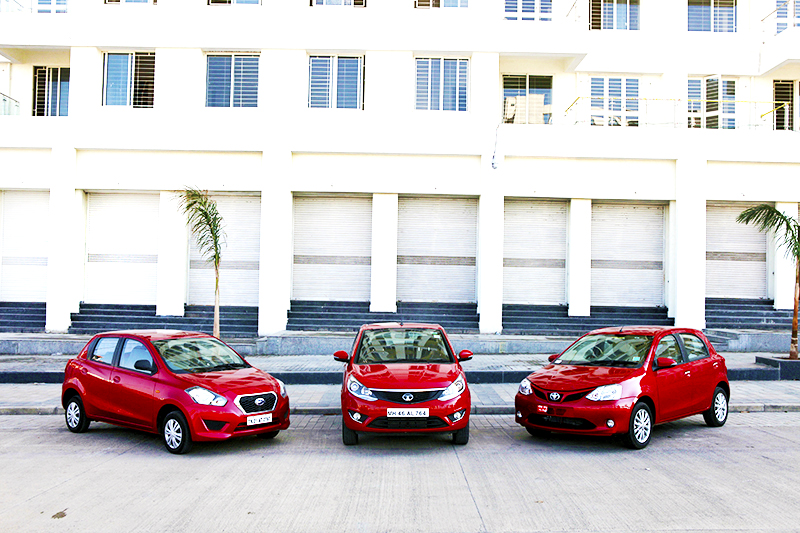
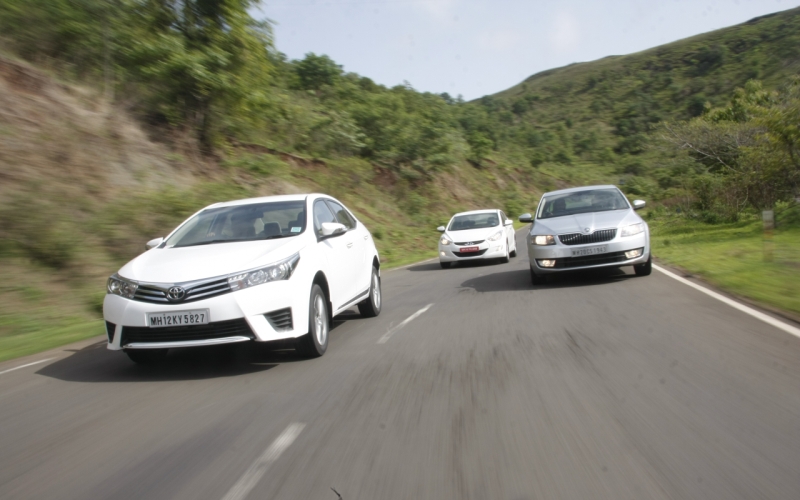
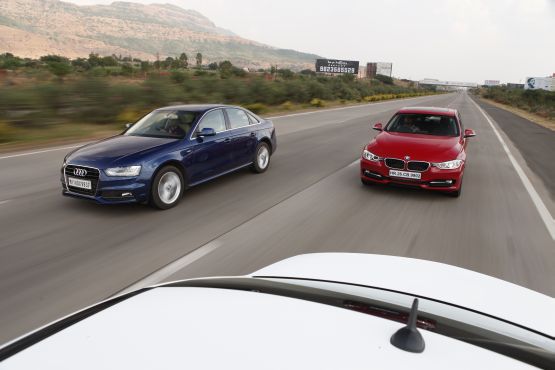




Leave a Reply